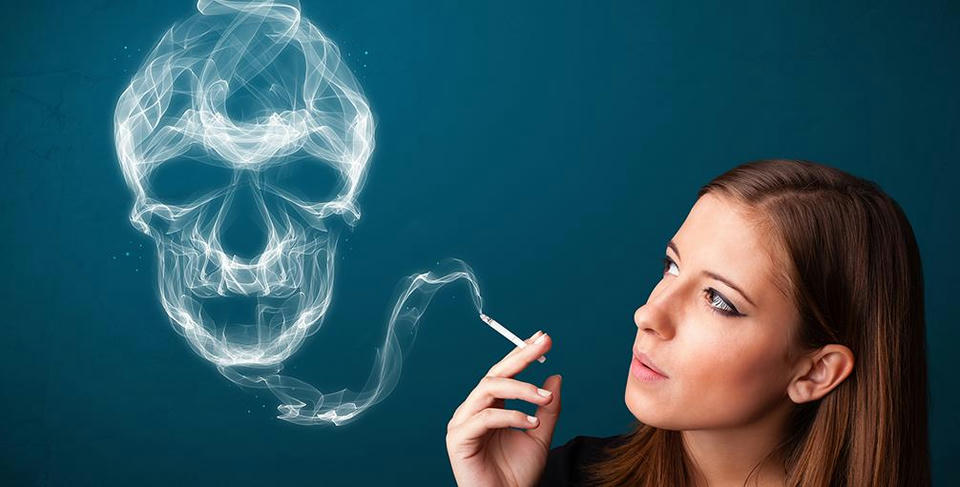Lung cancer is in the late stage as soon as it is checked? Reminder: 8 common manifestations to know!
Lung cancer is the most common cancer and is also known as the first among cancers.
Why is lung cancer in the late stage as soon as it is discovered? What manifestations of the body need to be paid attention to in advance? How should lung cancer be prevented and treated in daily life? Let us learn about lung cancer together.

What is lung cancer? Why is it difficult to detect in the early stage?
Lung cancer is a malignant tumor that grows in the lungs. Lung cancer, which is often referred to clinically, refers to malignant tumors that originate in the bronchi and alveoli, also known as primary bronchial lung cancer. Because the alveoli in the lungs have no sensory nerves, when the lesions first occur, many people cannot feel pain directly from the source. Obvious symptoms will not appear until the tumor develops to the middle and late stages. But at this time, the tumor has already compressed organs such as the lungs and trachea, and the patient will have clinical reactions such as coughing, chest tightness, and difficulty breathing. Therefore, lung cancer may be in the middle and late stages as soon as it is discovered.
There are these 8 common manifestations, be alert to the possibility of lung cancer
Since lung cancer is difficult to detect in the early stage, it is not without traces. If the patient has the following conditions in life, you should be vigilant at this time.
1.Cough Cough is the most common first symptom of lung cancer, which manifests as repeated irritating cough, dry cough without sputum or only a small amount of white foamy sputum, which is difficult to control with general cough suppressants.
2.Hoarseness The most important and dangerous signal of lung cancer is hoarseness. Many lung cancer patients may experience mild or severe hoarseness. The hoarseness is sudden and develops rapidly, so that the voice disappears completely in a short period of time, and conventional treatment has no effect.
3.Shortness of breath is caused by tumor blocking the trachea or pleural effusion caused by the tumor.
4.Fever is generally around 38℃, mostly in the afternoon and evening. Anti-infection treatment can reduce body temperature, but reheating is fast.
5.Blood in sputum is mostly bloody or blood clot-like sputum in sputum. Some lung cancer patients have blood in their sputum and sometimes cough up blood. This is because the tumor tissue is rich in blood supply, and violent coughing can easily cause blood vessels to rupture and bleed, and severe hemoptysis may occur.
6.Chest and back pain When the tumor grows larger, compresses blood vessels, nerves, and invades the pleura, pain will occur. It is worth noting that the location of the pain is uncertain but will show persistence. About 1/4 of patients may experience chest pain.
7.Metastatic symptoms The brain, bones, liver, and adrenal glands are the most common metastatic sites, headaches, convulsions, bone pain, and liver pain.
8.Paraneoplastic syndromes Myasthenia syndrome, dermatomyositis, paraneoplastic limbic encephalitis, and hyponatremia, etc.
Regular screening is recommended for high-risk groups for lung cancer
It is recommended that low-dose spiral CT screening be performed once a year for high-risk groups and people aged >40 years who meet any of the following conditions.
1.Smokers: smoke ≥30 packs per year (including smokers who used to smoke ≥30 packs per year but quit smoking less than 15 years ago)
2.Passive smokers: including secondhand smoke, kitchen fumes, etc., for ≥20 years
3.People with occupational exposure history (asbestos, hydrogen, coal smoke and coal smoke dust, etc.) for at least 1 year
4.People with a history of malignant tumors (lymphoma, head and neck cancer or cancer related to smoking)
5.Family history: a first-degree relative has been diagnosed with lung cancer
6.People with a history of chronic obstructive pulmonary disease, silicosis, tuberculosis or diffuse pulmonary fibrosis
Lung cancer prevention, stay away from "three hazes and five gases"
In addition to genetic factors and regular physical examinations for CT screening. "Three hazes and five gases" are important factors leading to lung cancer. "Three hazes" refer to outdoor haze, indoor smoke haze and inner haze. "Five air" refers to outdoor air pollution; indoor air pollution, including tobacco smoke; indoor kitchen fumes; air pollution from volatile organic compounds in house decoration materials; and psychological pollution caused by long-term sulking.
1.Stay away from haze. Cigarettes, as a type of carcinogen, are directly related to the occurrence of lung cancer. Non-smokers should avoid passive smoking and stay away from smoking environments.
2.Stay away from outdoor haze and indoor air pollution
Air pollution, indoor high-temperature cooking and fumes, and air pollution from volatile organic compounds in house decoration materials are all high-risk factors for lung cancer. Pay attention to stay away from them and try to avoid them in daily life.
3.Stay away from sulking
Cancer has a lot to do with mental state. Sulking for a long time will have a high psychological "pollution" index, which will affect the immune mechanism and give cancer an opportunity to take advantage. Try to keep a happy mood and an open mind, and don't sulk over trivial matters.
4.Healthy diet and regular life
Any disease is caused by the imbalance of decreased resistance and immunity, and lung cancer is no exception. It is important to consume a proper amount of vitamin-rich fruits and vegetables in your daily diet, exercise regularly, and maintain a regular schedule to balance your resistance and improve your immunity.
